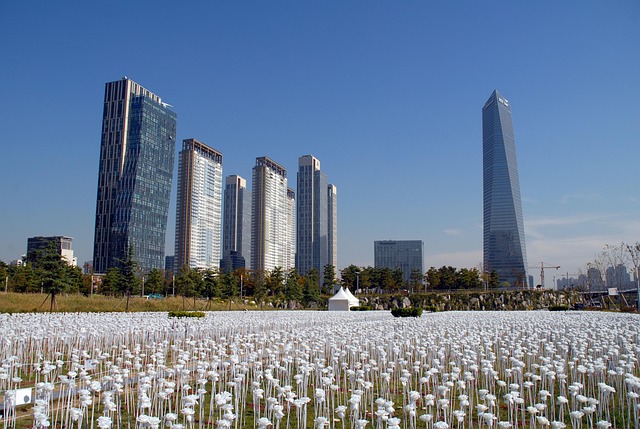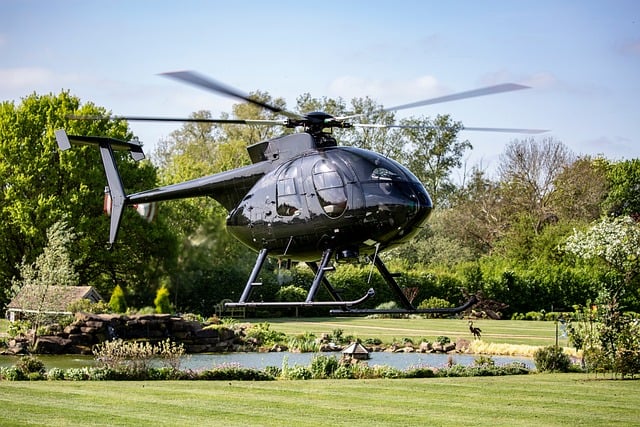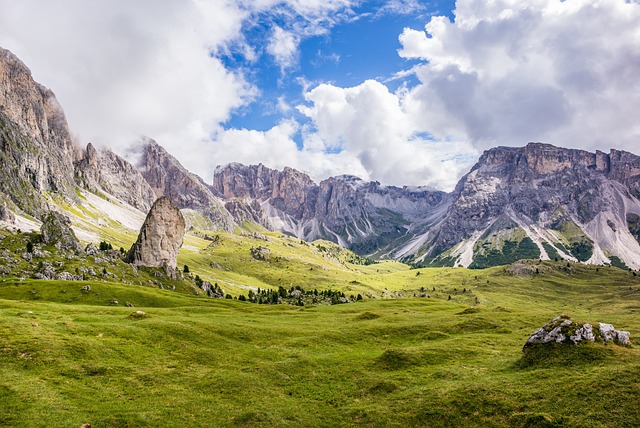Golf courses have evolved from recreational spaces to integral parts of real estate development, transforming landscapes into vibrant communities that cater to outdoor enthusiasts and beyond. They serve as community hubs, economic drivers, and valuable assets, attracting buyers seeking a tranquil lifestyle. With a renaissance in outdoor leisure and wellness, golf courses now offer diverse activities and integrate technology for course maintenance and user experiences. Golf course real estate developments significantly boost nearby property values, with lush landscapes enhancing livability and appeal, fostering community and well-being—all highly sought after in the real estate market.
Golf courses have evolved beyond mere recreational spaces, playing a significant role in real estate development. These green oases offer more than just swings and putts; they enhance property values, attract buyers, and foster outdoor leisure activities. This article delves into the multifaceted impact of golf courses on the real estate landscape, exploring trends, innovations, and strategies that make them indispensable assets for developers and investors alike. From serene landscapes to vibrant communities, golf courses remain a testament to the power of nature in enriching our living spaces.
The Role of Golf Courses in Real Estate Development

Golf courses have become integral components of real estate development, transforming landscapes into vibrant communities that cater to outdoor enthusiasts and beyond. These green spaces offer more than just a place to play; they serve as focal points for neighborhood engagement, economic drivers, and valuable assets in the real estate market.
The integration of golf facilities into residential neighborhoods fosters a sense of community and well-being. Beyond recreation, golf courses contribute to property values, attracting buyers seeking a tranquil lifestyle. Additionally, their design often incorporates strategic planning, preserving natural habitats and enhancing biodiversity, which resonates with environmentally conscious consumers. This harmonious blend of leisure and real estate development creates desirable locations where people want to live, work, and play.
Outdoor Leisure Activities: Trends and Innovations
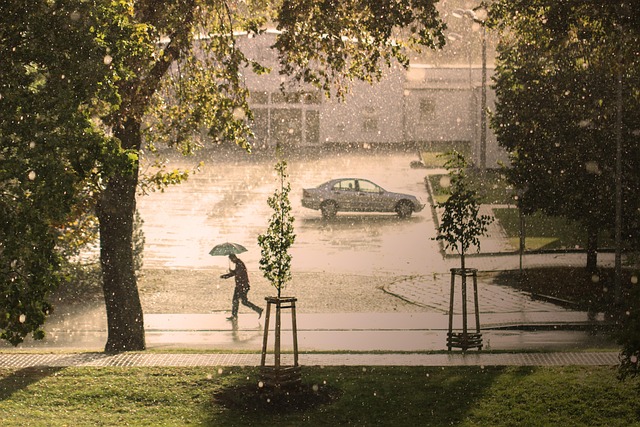
The outdoor leisure industry is experiencing a renaissance, driven by a growing desire for connection with nature and an emphasis on health and wellness. In this evolving landscape, golf courses are no longer just about the sport; they’ve become vibrant hubs for recreational activities that cater to diverse interests. Innovations in real estate development reflect this trend, integrating amenity spaces that encourage outdoor exploration and social interaction. From multi-use trails intertwining through greens to dedicated areas for yoga, fitness classes, and even outdoor concerts, these additions enhance the overall experience, attracting a broader audience beyond traditional golfers.
Technology plays a pivotal role in modernizing outdoor leisure activities. Apps offer digital scorecards and interactive course maps, enhancing the golfing experience. Additionally, smart sensors and data analytics are being utilized to maintain course conditions, ensuring a consistent and high-quality playing environment. As outdoor recreation continues to gain popularity, we can expect further integration of technology and design innovations in golf course real estate, creating memorable experiences that resonate with today’s active lifestyle seekers.
Enhancing Property Value through Green Spaces
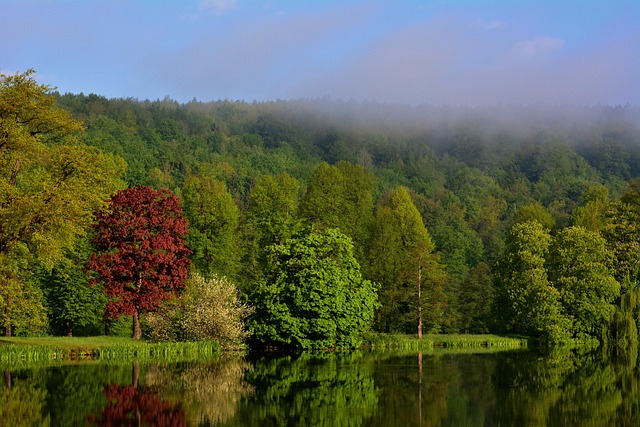
Golf courses and well-maintained green spaces significantly enhance property values in surrounding areas. The real estate market recognizes the allure of scenic landscapes, as they offer a sense of tranquility and outdoor leisure opportunities. Prospective homebuyers are increasingly drawn to properties with accessible green spaces, particularly those featuring golf courses. This trend is not only about aesthetics; it also reflects a growing appreciation for the mental and physical health benefits that such environments provide.
The presence of a golf course or a lush garden can raise property prices by several percent, making it a valuable asset for real estate developers and homeowners alike. These green spaces not only attract buyers but also contribute to the overall livability and appeal of a neighborhood, fostering a sense of community and well-being that is increasingly sought after in today’s market.
